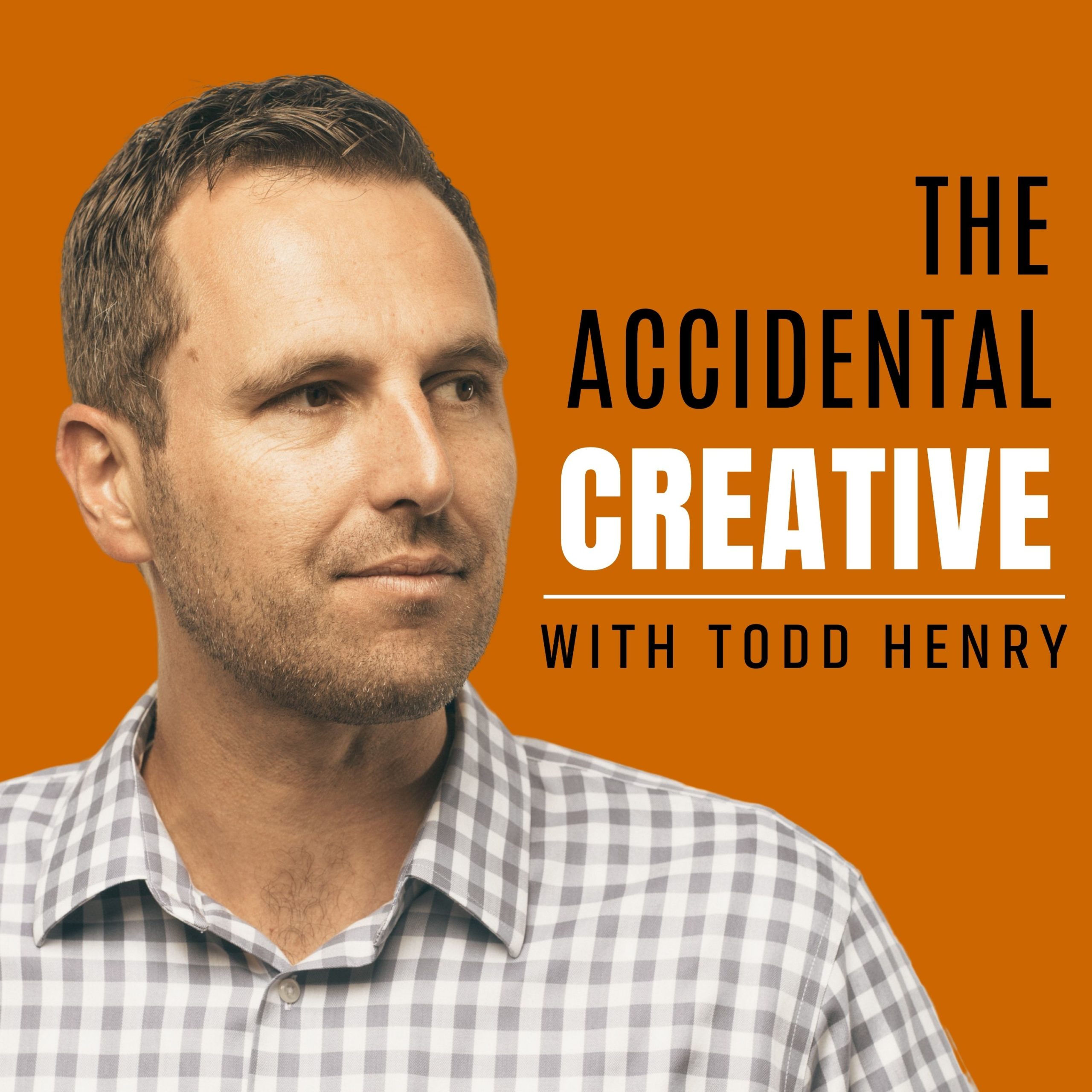It’s that critical moment in your team’s brainstorm. You’ve got a bunch of ideas on the whiteboard, and everyone is angling for their favorite. The strong-willed people in the room are starting to win the room by sheer force, but you know that the ideas they’re advocating for may not be the right direction for the project. However, you can’t quite articulate why beyond “my gut says ‘no’”, which isn’t sufficient.
What you need is a framework to help you make the decision in a way that everyone can be onboard with. They may not agree, but they at least understand the reasoning.
There is a three-part evaluation process that can help you make these difficult decisions while allowing your team to be involved in the decision-making process, which is critical to maintaining alignment and team culture. Each idea in play can be evaluated through the lens of these three criteria to determine which is the best one to choose.
1: Is it Effective?
First of all, you want to determine which idea most effectively solves the problem that you’re attempting to solve. How well does it match your ingoing objectives? How well does it mesh with your client’s needs, spoken or unspoken? How perfectly does it align with your team’s ambitions?
If an idea is not effective, little else matters. So first of all, I encourage you to evaluate each of the leading ideas on a scale of 1-10 in terms of effectiveness.
2. Is it Practical?
Next, you need to evaluate whether it’s even possible to pull off the idea within the limitations of the project and available resources. Do we have the time to do it well? Do we have the financial resources to make it happen? The team? The energy, given all of the other things we have to tackle?
By establishing a framework for evaluating ideas, you make it much easier to have a meaningful conversation instead of people arguing from their gut.
If the answer is “well… maybe…”, then you need to re-think the idea. Again, I recommend that you rank each idea on a scale of 1-10 in terms of practicality.
3. Is it Interesting and Cool?
Finally, you should evaluable how much energy the team has for the idea. Is it something that would be fun to work on? Is it something that will push boundaries in valuable ways? Is it something that will draw a lot of attention?
Often, teams are drawn to these interesting and cool ideas at the expense of effectiveness and practicality, but we can’t allow that to happen. Yes, the energy a team feels for the idea is important, but all three criteria must be accounted for. I recommend that you rank each idea on a scale of 1-10 in terms of how interesting and cool it is.
(Yes, observant one. You can use the word EPIC to remember this framework…)
Once you’ve ranked the ideas by these three criteria, you can have a meaningful conversation about them.
“It’s not terribly practical, but it’s effective and interesting/cool. How could we adapt the idea to make it more practical to execute?”
“It’s effective and practical, but not exciting. How can we make it more interesting/cool?”
“It’s easy to execute, but no one’s excited about it. Maybe we should table the idea.”
By establishing a framework for evaluating ideas, you make it much easier to have a meaningful conversation instead of people arguing from their gut.
This framework applies to personal projects as well. If you have a lot of ideas you’d like to tackle over the coming months, filtering them through this framework can help you decide which should be high on the priority list and which need further refinement.
Teach this framework to your team or your collaborators, and use it over the next few months to evaluate your projects and ideas. Let me know how it goes for you in The Collective.
Want more ways of generating ideas for your team? Check out our free video series The Brainstorming Blueprint.




0 Comments